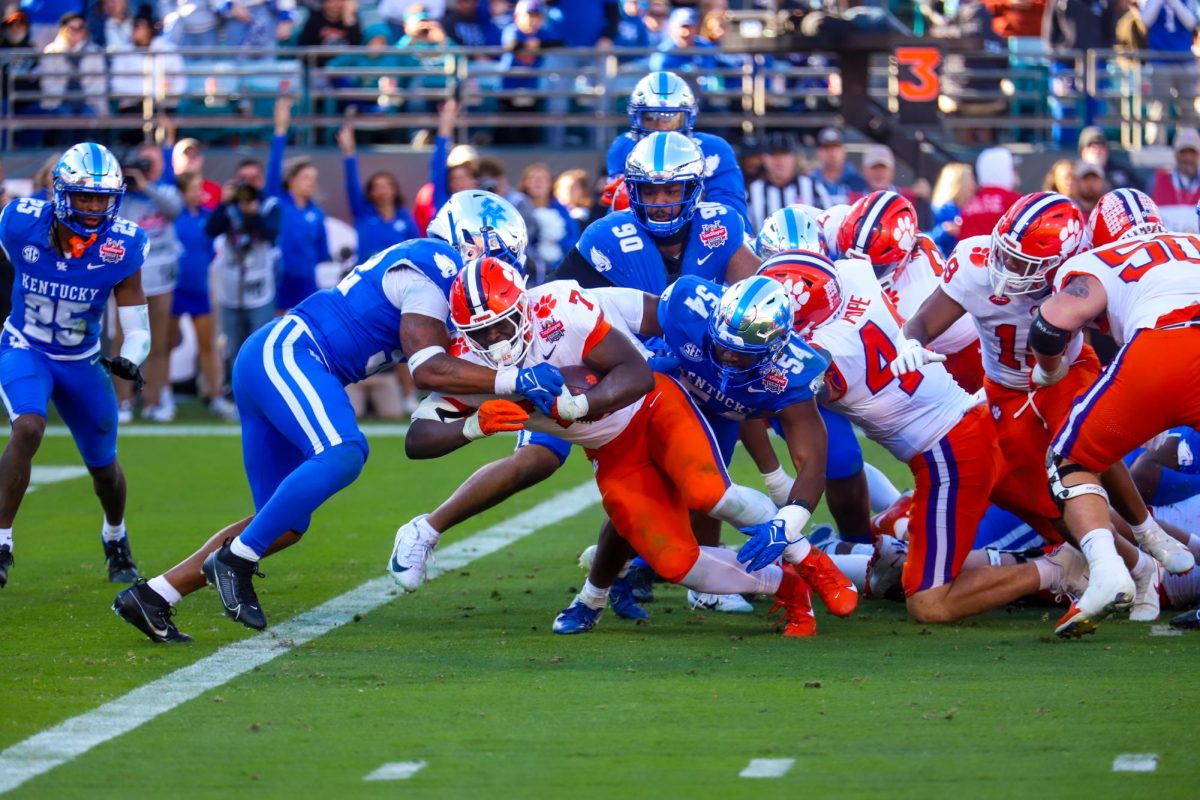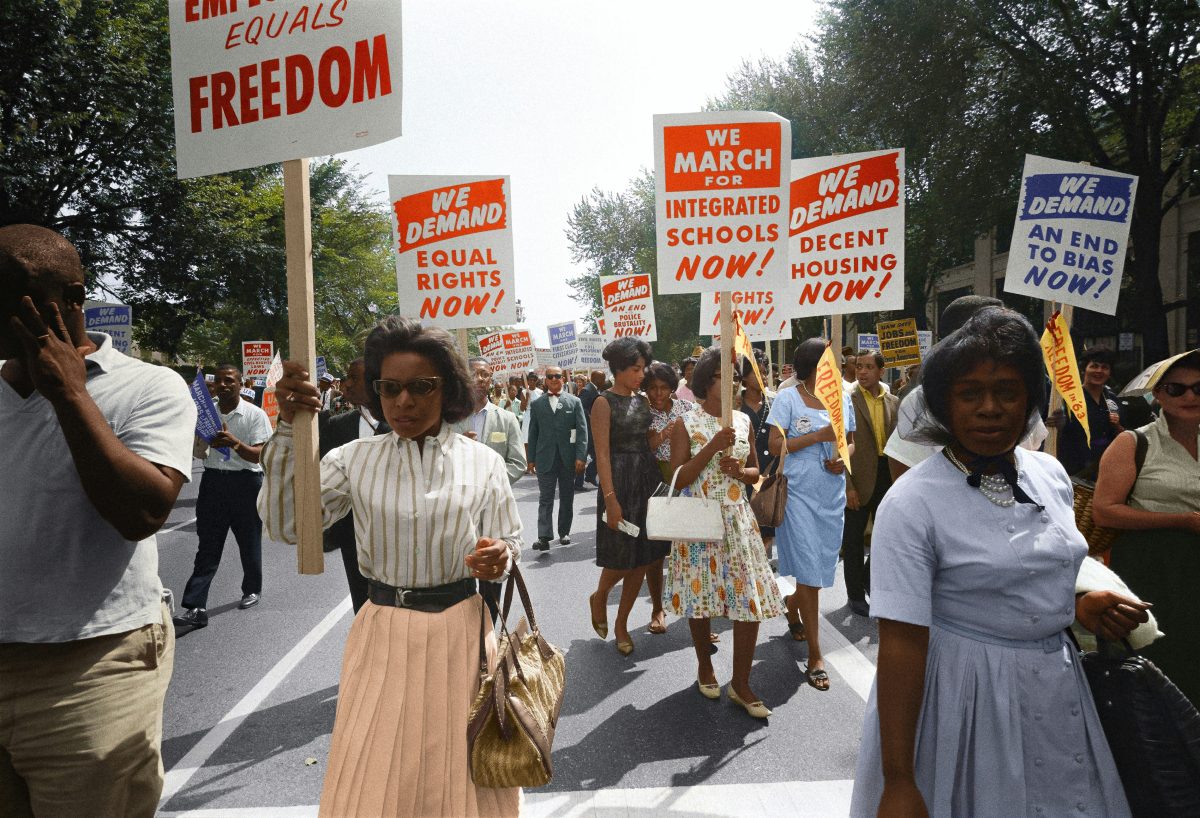While the recent “Correlation, Not Causation” article raises an important point concerning victim blaming in sexual assault cases, it vastly oversimplifies the issue of sexual assault and alcohol consumption on college campuses. The author also claims that the Stanford alcohol policy is “uninformed” and “not logical.” These claims are neither reflective of the latest scientific literature on the subject, nor do they encourage open-minded consideration of the many factors that contribute to environments conducive to sexual assault – both of which are vital if we are to begin tackling this challenge.
The author attempts to distinguish between correlation and causation in the case of alcohol consumption and sexual assault, writing, “Alcohol does not cause people to sexually assault people. Rapists and only rapists sexually assault people – sober, drunk or otherwise.” We are certainly pleased with the societal shift away from victim blaming this represents – no victim of sexual assault is ever at fault for the act, and we wish to reiterate that point.
We agree that alcohol should not be presented as a direct cause of sexual assault, thus potentially shifting blame away from the perpetrator to the victim or solely toward alcohol itself. However, the fact remains that there is a clear association between alcohol consumption (by the perpetrator, the victim, or both) and sexual assault on college campuses. We want to make the distinction clear: alcohol use by either party is never a justification for sexual assault. However, it is, as noted by the CDC, a risk factor that increases the chance of sexual violence occurring. The author is correct in noting that “risk factor” and “cause” are not the same thing6; however, it seems irresponsible to ignore or minimize such risk factors when discussing a complex public health issue.
If we want to prevent sexual assault, we should aim to understand how alcohol use interacts with other factors to contribute to an environment in which there is an increased chance of sexual assault. We should also be careful not to discourage conversations related to the issue or evidence-based attempts to solve the problem. As students, researchers, administrators, and community members, we should look to empirical evidence and engaged debate to inform our views and suggestions.
More generally, we believe that the sentiments expressed in this article demonstrate a larger trend toward the transformation of issues that can be empirically studied into matters of personal moral judgment alone. With issues such as these, we look to ethics, morality, and our personal emotions to frame the problem. However, empirical data can also assist us with solutions. These problems can be researched, and the results should not be ignored; rather, data can be used to drive our search for answers to a complicated situation. Similarly, open discussion should be encouraged, so that we may exchange ideas and learn from one another.
In an era of increasing polarization, skepticism towards science and statistics, and an unwillingness to engage with others, let’s work together to set an example of collaboration and respectful debate.













